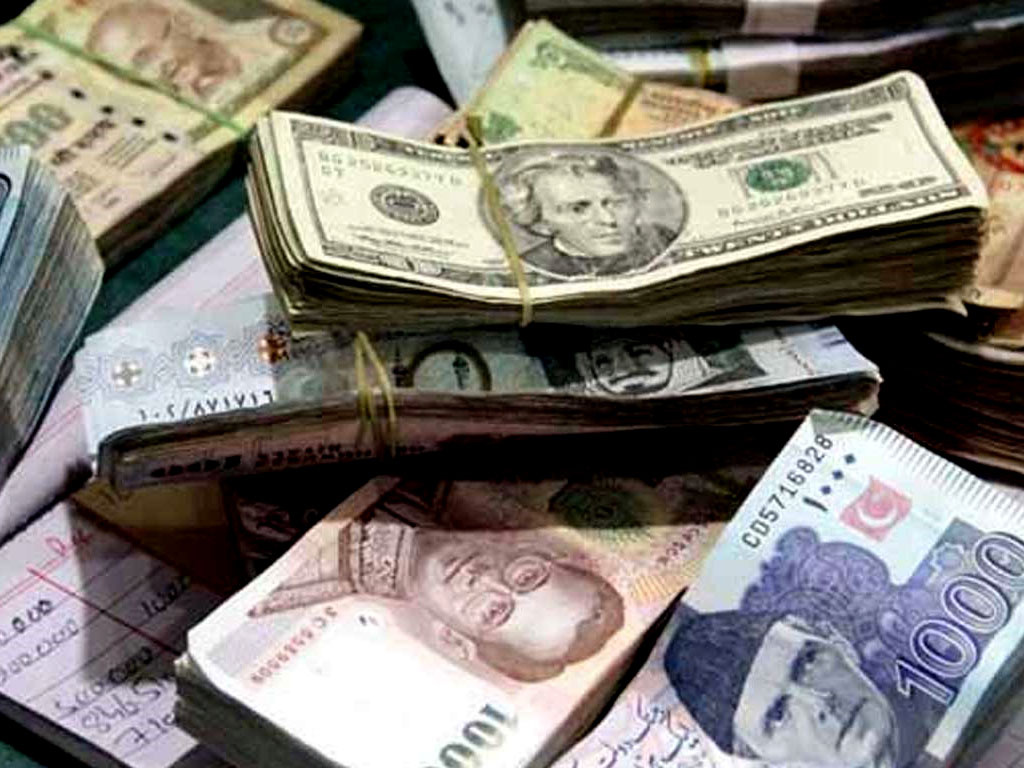Foreign investment decline

It is a matter of great concern that foreign investment in the country has dropped substantially during the first half of FY19. According to the latest data released by the State Bank of Pakistan (SBP), Foreign Direct Investment (FDI) in the country stood at dollar 1.319 billion during July-December, 2018 as compared to dollar 1.632 billion in the corresponding period of last year, showing a decline of dollar 313 million or 19 percent. Portfolio investment, representing investment in equity market, was negative dollar 420 million, down 217 percent, in the first half of the current fiscal year. Total foreign investment thus fell by 77 percent to dollar 899.3 million compared to dollar 3.95 billion in July-December of FY18. The FDI was mainly concentrated in the oil and gas exploration sector, chemicals, hydel and thermal power, construction and financial services. Country-wise, although Chinese investment decreased by 31 percent, it was still the top contributor in FDI accounting for about 57 percent of the total FDI. Chinese businesspeople invested some dollar 754 million during the current fiscal year so far as compared to dollar 1.1 billion in the same period of last year. China has emerged as the top investor due to the CPEC related activities - followed by the UK with dollar 116 million of investment and US investing dollar 54 million, Japan dollar 54 million, South Korea dollar 59.6 million and the Netherlands dollar 53 million. Malaysian investment has also dipped to only dollar 15 million during July-December, 2018 from dollar 133 million in the same period of last year. However, the government was expecting large investments from Saudi Arabia, the UAE and China. Saudi Arabia has shown its willingness to invest dollar 10 billion in the country's petroleum sector while the UAE is expected to invest dollar 3 billion. Another redeeming feature was that FDI jumped by 17 percent to dollar 319 million during December, 2018 from dollar 292.8 million in the same month of last year.
The plunge in FDI during the first half of FY19 is a clear indicator that Pakistan, of late, has lost its attraction as a favourable destination for overseas investors. Another sad aspect is that the Chinese investment now constitutes more than half the aggregate flows of FDI due to the CPEC and it is never wise to keep all the eggs in one basket. Obviously, if the Chinese government somehow becomes unhappy with the Pakistani government and investments in the CPEC-related projects drop, this South Asian nation will be left high and dry so far as FDI is concerned. This is especially a sad situation compared with the fact that Pakistan had received FDI amounting to dollar 5.41 billion during FY08 from diverse sources. Anyhow, a downward trend in FDI does not only indicate a poor perception of foreign investors of the country but is highly disturbing for the economic policy planners because FDI is direly needed to supplement low domestic investment and saving rates, increase revenue growth, create job opportunities and reduce poverty. FDI is also crucial for technical upgradation and modernisation of the industrial base to increase exports.
The drop in FDI could be attributed to a number of factors. Foreign investors seem to be avoiding the country due to policy uncertainty, bureaucratic hurdles, poor infrastructure and constant tensions at borders. Other prohibiting factors could be the country's reluctance to enter into an IMF programme to avoid a looming default and give the needed confidence to investors that Pakistan will strictly follow an agreed reform agenda during the programme period. We know that the government would be required to fight consistently on a number of fronts to create a conducive environment for foreign as well as local investors but there is no credible alternative at the moment. We are happy that the present government is making concrete efforts with a view to attraction FDI. Another improvement is a substantial increase of FDI in December, 2019, the latest month for which the data are available. However, whether such an improvement could be sustained over time will only be evident in the coming months.





















Comments
Comments are closed.